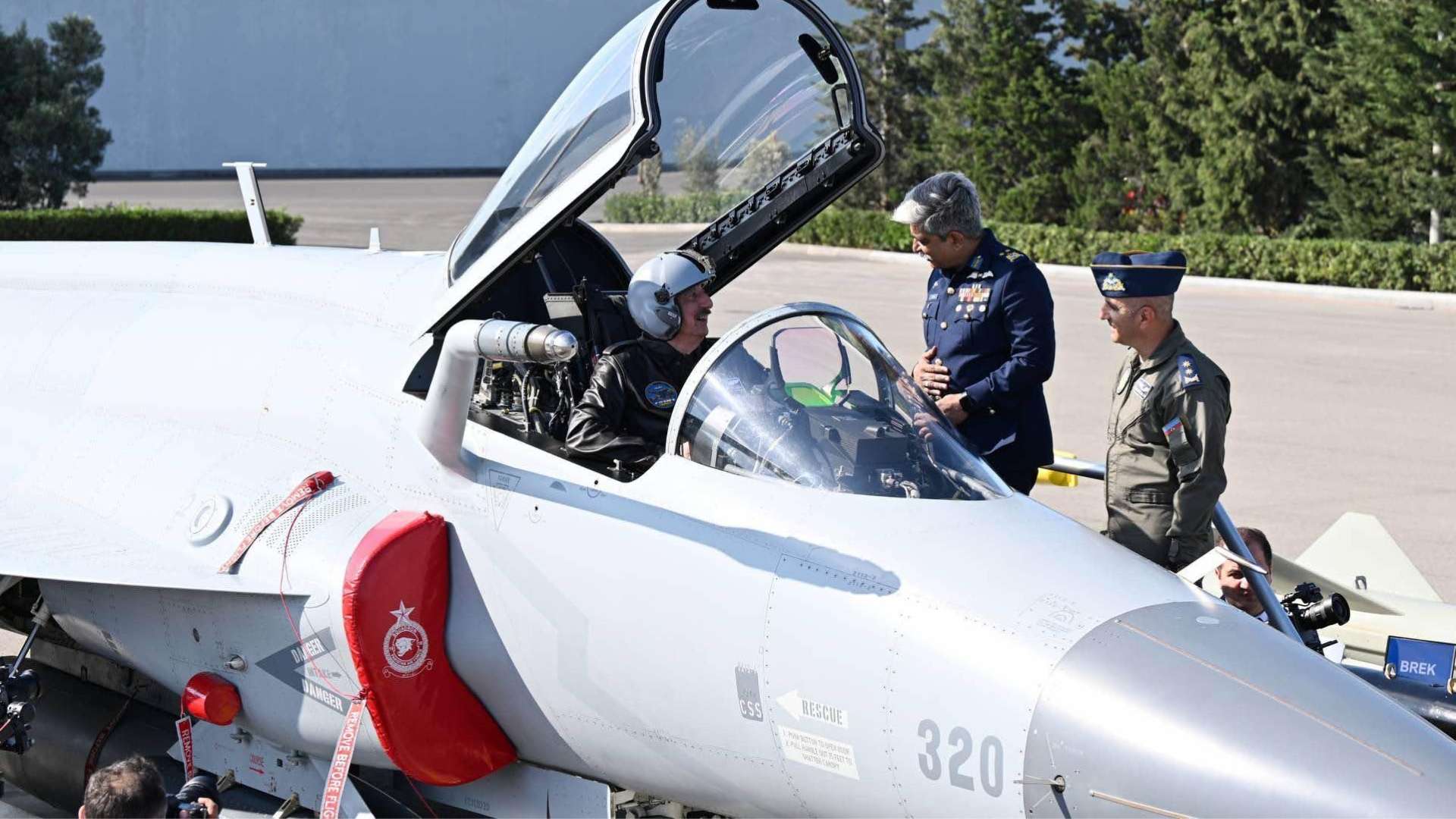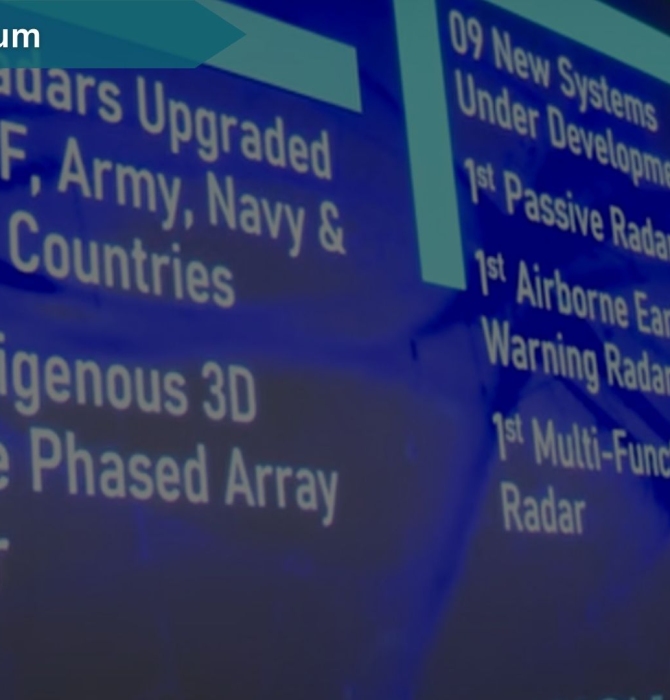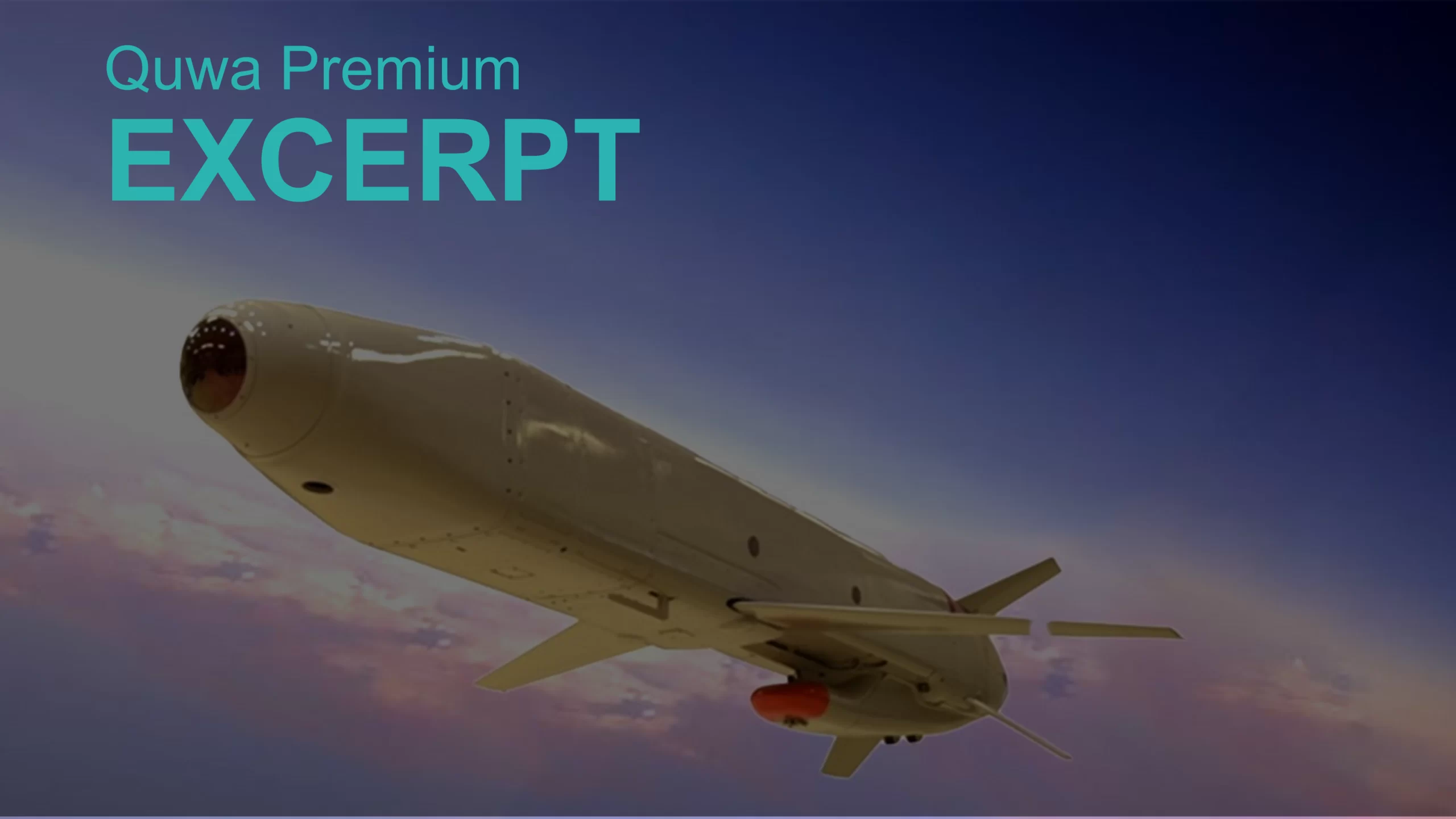13646Views

JF-17 to Azerbaijan: Pakistan’s Biggest Defence Export Deal Quwa Premium
Summary
With the PAF acquiring new J-10CE and J-35 fighters, the strategic role of the extensive JF-17 fleet is set to evolve. The aircraft is being repositioned as a scalable support asset for standoff weapons deployment, a transition dependent on the PFX Alpha upgrade program.
The export deal with Azerbaijan is a key enabler, though its most significant value may lie not in its commercial price but in how it supports the domestic industry’s capacity for this complex integration work.
For a detailed analysis of how these interconnected factors will shape the PAF’s future force structure, continue reading and subscribe to Quwa for access to the full article and all other Quwa research and analysis.
On 06 June 2025, the Government of Pakistan announced that it finalized a landmark sale of 40 JF-17 Thunder multirole fighters to Azerbaijan in a deal valued at up to USD $4.6 billion.
This announcement (which was originally posted on the social media platform X, but deleted recently) was the first definitive confirmation of both the Azeri JF-17 deal and several key specifics, particularly the total cost and the number of aircraft involved.
The sale is not only the single biggest third-party export order of the JF-17 to date, but it is also Pakistan’s largest single export order as well. Efforts to secure this order date back to at least 2019, when the Pakistan Air Force (PAF) initiated a campaign to promote its mainstay multirole fighter to Azerbaijan, Malaysia, and Argentina.
However, the net revenue share returning to Pakistan will not include many of the high-value inputs, such as the turbofan engine, steel for the airframe, radar and other subsystems, and the manufacturing workshare of Pakistan Aeronautical Complex’s (PAC) main partner, the Aviation Industry Corporation of China (AVIC).
That said, even if the commercial value of the Azeri deal is relatively limited to Pakistan, it could still offer a boon to the Pakistan Air Force (PAF) in numerous other ways, not least in securing a critical funding track for the continued development and customization of the JF-17.
Market Pricing Adjustment
One aspect that stood out in the apparent value of the deal was its cost, i.e., USD $115 million per unit. Granted, a total unit price that is several multiples higher than the flyaway cost is to be expected after ground support equipment (GSE), spare parts, training, ammunition, and other inputs are factored into the equation.
However, is this per-unit price point relatively high in the context of the JF-17, which is positioned as a ‘low cost’ fighter? Or is this a reflection of the upward pricing trajectory of the combat aircraft market generally amid factors like inflation and unstable supply chains?
Regarding the Azeri JF-17 order, the actual answer is somewhere in the middle: combat aircraft have certainly gotten more expensive in a nominal pricing standpoint, but Azerbaijan also might have ordered a custom configuration to align with its security interests and goals.
End of excerpt (375/1,882 words).
Existing Quwa Premium members can log in below
Note: Logged in members may need to refresh the article page to see the article.


